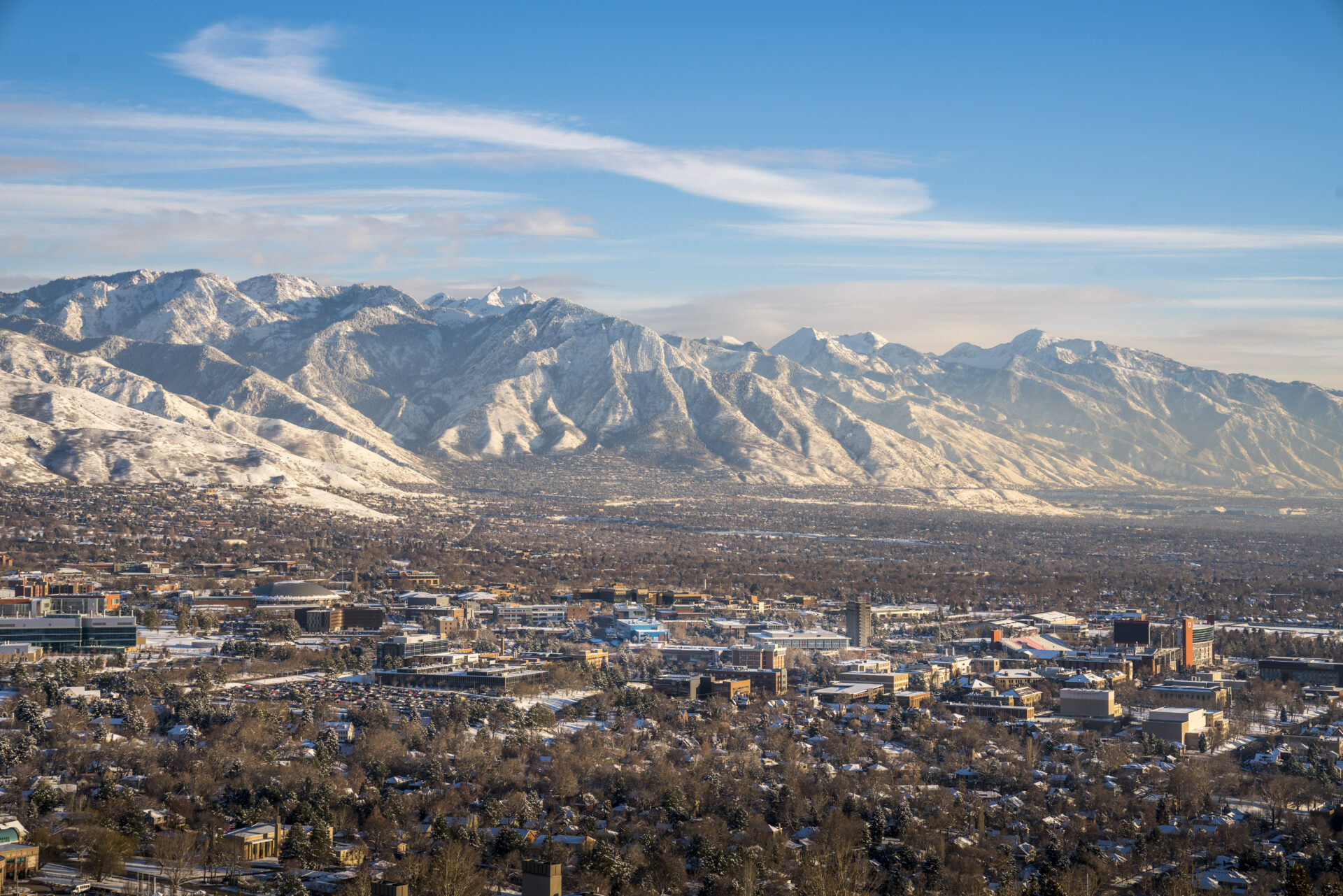
One of the least appreciated blessings in life is having clean, clear air to breathe. A human can survive without food for days to weeks, without water for days, but only minutes without air. Air sustains us, nurtures us and invigorates us.
Yet for all its importance, we rarely think about either the availability of air or its protection. Unlike food or water, which we must consciously seek, breathable air is just there for the taking, by anyone and everyone, all the time, right up until it isn’t. Then, people get sick and often die, sometimes slowly—via lung diseases and cancer—and sometimes quickly—via drowning or asphyxiation.
As a pontificating academic and amateur grammarian, I often take umbrage when writers abuse the word “literally.” (“The land flowed with milk and honey” is a metaphor, adding the word literally shifts it from metaphor to environmental disaster.) However, our air is literally life sustaining. For something so critical, it’s long past time we were a bit more thoughtful about our next breath and what we and others should do to ensure everyone can continue to breathe easily.
If you have ever walked the streets of Beijing or Delhi, observed pedestrians wearing masks or looked at the high levels of suspended particulate matter, you know how bad it can be in a polluted and congested city, with near and long-term consequences for millions of people. In the U.S., we have made progress via the Clean Air Act, but there is more to do. Political pundits opine that all politics are local, and air quality improvement, though without doubt a global issue, always begins with local action.
The University of Utah, as part of its One U commitment to partnership across academic affairs and health sciences, is hosting the first of a series of multidisciplinary symposia on air quality on Oct. 3, 2019. Titled “The Air We Breathe,” the symposium’s objectives are to build connections among researchers across Utah’s campus, catalyze new research collaborations, coordinate research activities and communicate research findings.
Why here and why now? The majority of Utah’s population is concentrated along the long and narrow Wasatch Front. We are surrounded by the natural beauty of our mountains, along with wintertime inversions and summertime ozone haze. Air quality advisories are common, and the health effects of air pollution are real. An exegesis on the atmospheric physics of inversions and ozone haze are subjects for another day, though these are subjects of detailed monitoring and computational modeling by several Utah faculty. Similarly, there are many biomedical research groups studying the effects of air quality on human health.
It’s not too late to change our trajectory. We can make a difference—working together across academia, government, industry and communities. Take a deep breath and think how wonderful it feels. Don’t take it for granted. Let’s work together to protect the future.
